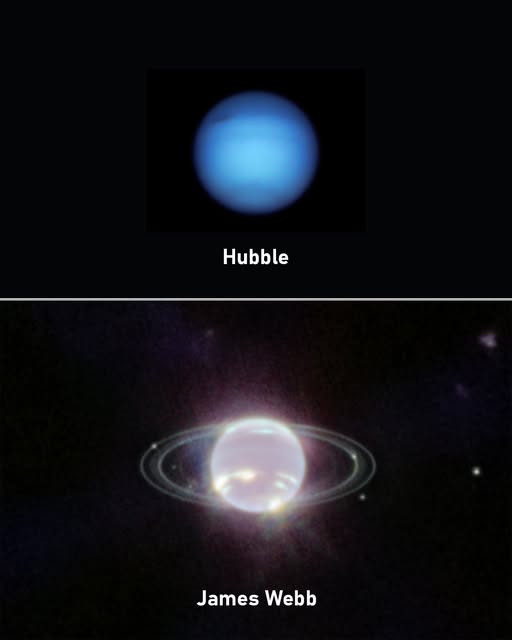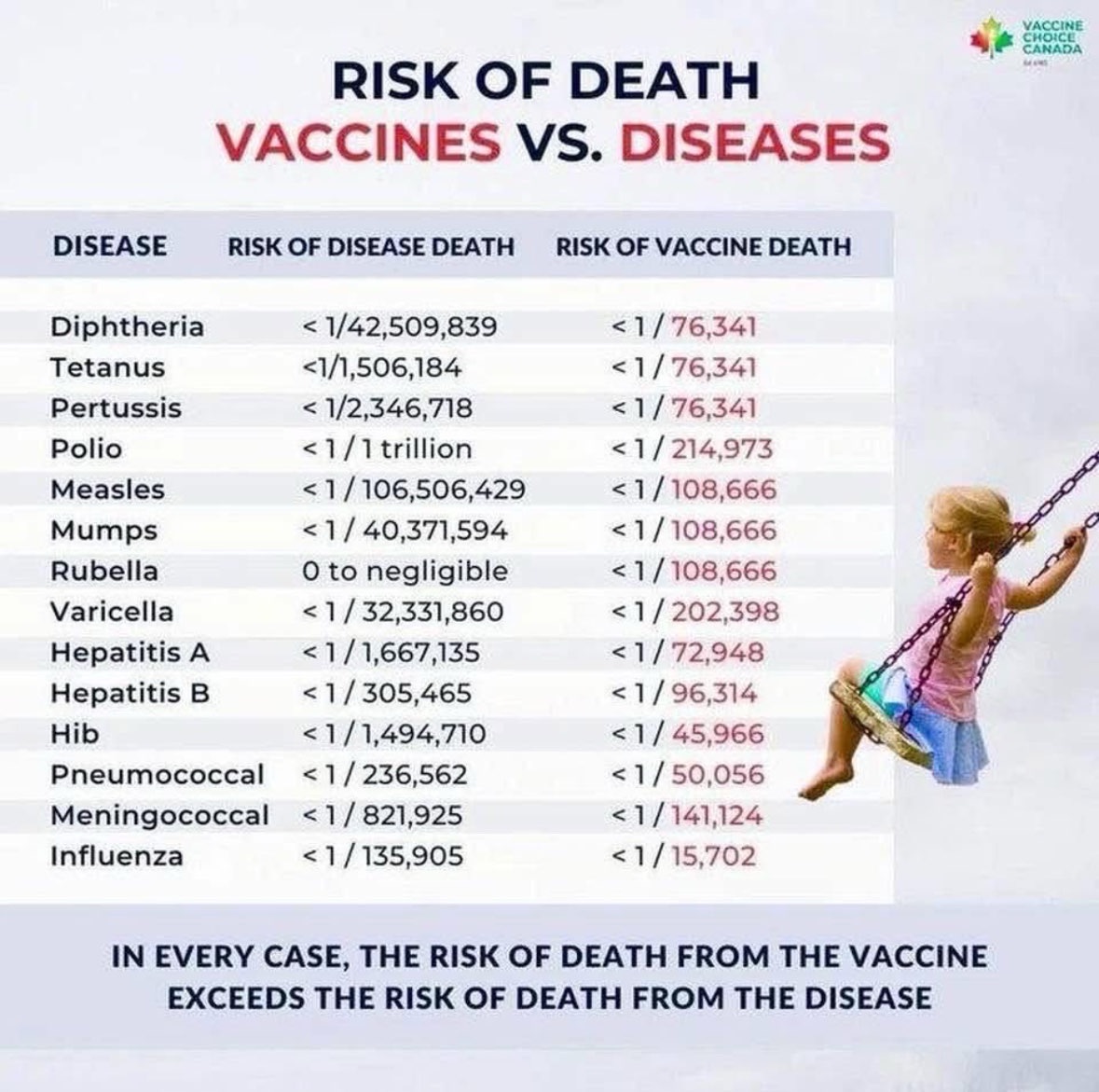Garlic
Onions
Ginger
Rice
I never refrigerate the first three but always refrigerate my rice after it is cooked. I have read elsewhere that rice is the number one food responsible for food poisoning. Maybe I need to read more on this subject.
Refrigerating rice, garlic, ginger, and onions depends on their preparation, storage conditions, and how quickly you plan to use them. Here’s the data based on available information:
Rice:
Cooked Rice: Should be refrigerated promptly to prevent bacterial growth, especially Bacillus cereus, which thrives at room temperature (50°F–120°F). The USDA recommends cooling cooked rice to below 40°F within two hours of cooking. Store in an airtight container in the fridge for 3–5 days. Freezing extends shelf life to about 6 months.
Uncooked Rice: Does not require refrigeration. Store in a cool, dry place in airtight containers to prevent moisture and pests. White rice lasts 1–2 years; brown rice, due to higher oil content, lasts 6–12 months.
Why Not Refrigerate? Some sources, like the video you mentioned, may argue refrigeration can alter texture or absorb fridge odors, but safety outweighs these concerns for cooked rice. For uncooked rice, refrigeration is unnecessary unless in humid climates where moisture is a risk.
Garlic:
Whole Bulbs: Best stored at room temperature (60°F–65°F) in a dry, well-ventilated place, like a mesh bag or basket. Refrigeration can trigger sprouting or mold due to moisture, reducing shelf life (typically 3–6 months at room temp vs. 1–2 months in fridge).
Peeled or Chopped Garlic: Refrigerate in an airtight container to prevent bacterial growth (Clostridium botulinum risk in low-oxygen environments). Lasts 1–2 weeks. Freezing is better for longer storage (up to 12 months).
Why Not Refrigerate? Whole bulbs lose flavor and texture in the fridge, and cold encourages sprouting. Videos may emphasize this for culinary quality, but peeled garlic requires refrigeration for safety.
Ginger:
Fresh Ginger: Can be stored at room temperature for about 1 month in a cool, dry place. Refrigeration extends shelf life to 2–3 months when wrapped in paper towels and placed in a plastic bag to control humidity. Freezing (whole or grated) preserves it for up to 6 months.
Cut Ginger: Refrigerate to prevent mold and bacterial growth. Submerging in alcohol (e.g., vodka) can extend fridge life to 3 months.
Why Not Refrigerate? Some argue room temperature preserves ginger’s flavor and texture better, and refrigeration can make it rubbery. However, for longer storage or cut pieces, refrigeration is safer and more practical.
Onions:
Whole Onions: Store in a cool (45°F–55°F), dry, well-ventilated area. Refrigeration can make onions soft and moldy due to moisture, converting starches to sugars, which affects flavor. Lasts 1–3 months at room temp vs. 1–2 months in fridge.
Peeled, Chopped, or Cooked Onions: Refrigerate in airtight containers for 7–10 days. Freezing extends life to 6–8 months.
Why Not Refrigerate? Whole onions absorb moisture in the fridge, leading to spoilage and off-flavors. Videos likely highlight this to maintain firmness and flavor, but chopped onions must be refrigerated for safety.
General Notes:
Videos discouraging refrigeration often prioritize culinary quality (flavor, texture) over safety or long-term storage. For whole, unprocessed garlic, ginger, and onions, room temperature storage is fine in dry, cool conditions. Cooked rice and cut produce, however, require refrigeration to prevent foodborne illness.
Web Data: USDA guidelines and food safety sites (e.g., FDA, CDC) emphasize refrigeration for cooked or cut items. Culinary blogs (e.g., Serious Eats, The Kitchn) note room temperature for whole produce but align with refrigeration for safety when processed.
X Posts: Limited specific data, but general sentiment aligns with culinary advice favoring room temperature for whole garlic, ginger, and onions to preserve flavor, with less focus on rice safety.
Watch video: https://x.com/BGatesIsaPyscho/status/1919750536057733244






